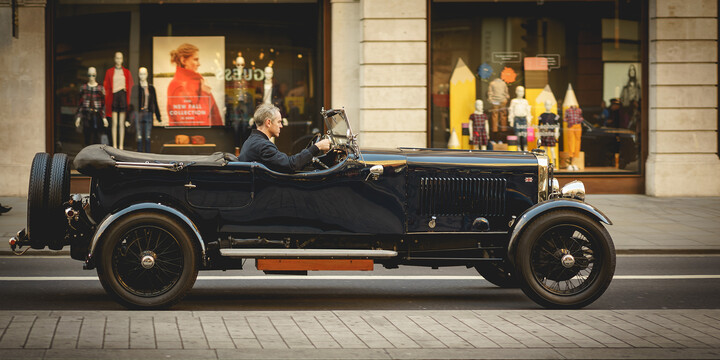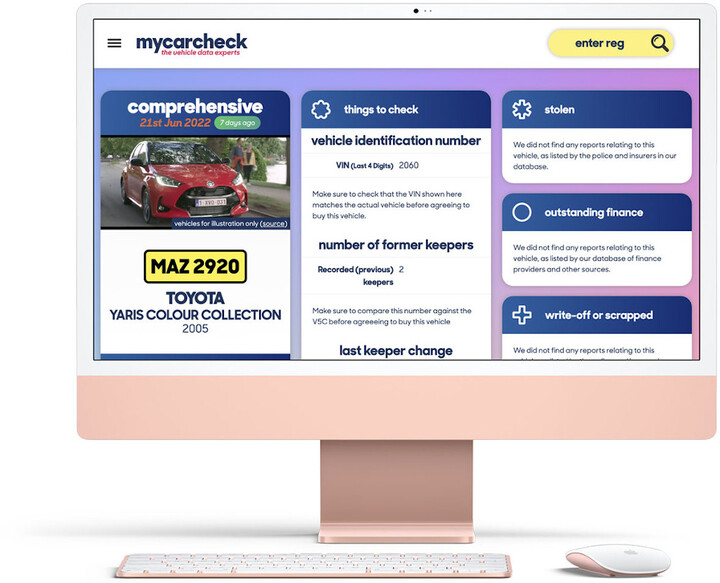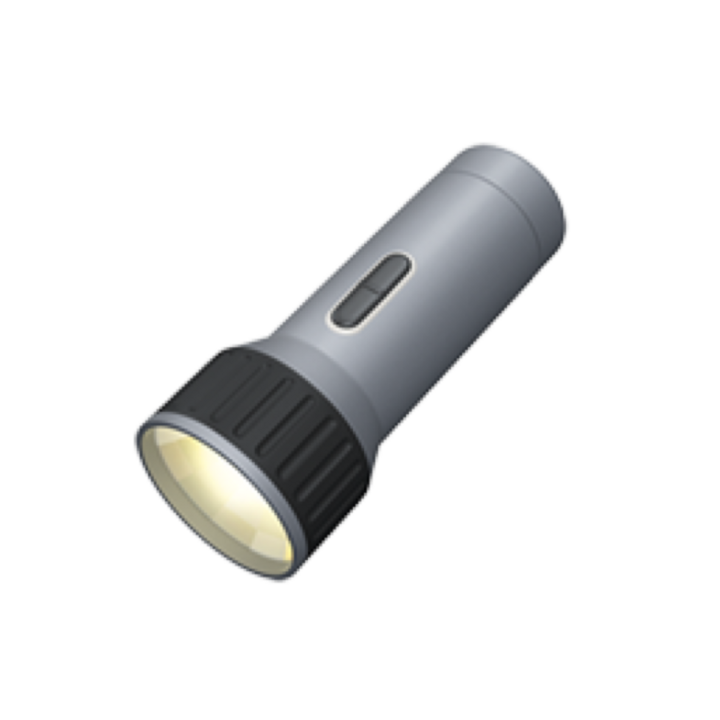
choosing the right car body style and transmission
FREE Car History Check
See MOT history, valuations, detailed specs and more… AND upgrade to see if any vehicle has been stolen, has finance or has been written off from just £4.99
When it comes to the style of body there is an enormous choice. also when choosing a gearbox there are a couple of options which you can consider,
As with almost every aspect of a modern car, when it comes to the style of body there is an enormous choice. This is driven by both the marketing departments of car companies aiming to create demand and also flexible manufacturing, which allows the production of multiple vehicle variants along a single production line. In fact many new cars are actually designed to be built to different lengths, heights and to accept different transmission types so as to create numerous varieties of vehicle.
Gone too are the days when there was simply a choice of saloon, estate or hatchback; we live in the era of the crossover. You can pick from a convertible sports utility vehicle (SUV), a four-door coupé, a sports 4x4 and almost any other combination.
The main aspects to consider are seating, luggage capacity and engine choice for the type of journeys you do. Overall size - for your parking arrangements - and factors such as ground clearance could be important. After this, much is down to personal preference but remember there are trade-offs. For example taller vehicles will offer a better view of the road ahead and keep the driver’s view above the spray level in wet weather. They can be easier to climb in and out of too. But then they will be less aerodynamic, almost certainly heavier, less fuel efficient and handling won’t be as dynamic as that of a lower car.
Note too that looks can be deceptive. For example, there are many competent hatchbacks, saloons and estate cars with all-wheel-drive options to help in slippery conditions yet some rugged-looking SUVs only power their front wheels so might not offer the off-road ability you desire.
| Crossover | Crossover vehicles are typically based on a car but also incorporate features of a sports utility vehicle (SUV). Nissan's Qashqai is credited with creating this popular market sector. |
| SUV | A Sports Utility Vehicle (SUV) is a high-riding car, usually with off-road capabilities, with an emphasis on sporty handling characteristics. |
| Four-wheel drive (4x4) | Four-wheel drive (4x4, four by four or 4WD) refers to a drivetrain capable of providing torque to all four wheels on a two-axled vehicle simultaneously. |
| Saloon | Known as a sedan in America, saloon is a British term for a car body style featuring a three-box configuration for engine, passenger compartment and cargo. |
| Supermini | Supermini is a popular car size between a family hatchback and a city car, usually with a hatchback body style. |
| Two-door | Two-door (2 door) is a car bodystyle with only two side doors and an enclosed boot, as opposed to a hatchback which would be a three-door. |
| Hatchback | A hatchback is a popular car bodystyle where the boot door hinges from the roofline to provide a practical, wide opening, often with a removable parcel shelf. |
| Hot hatch | Hot hatch is an unofficial term for a fast hatchback model. |
| Coupe | A coupe bodystyle that usually features a low, sloping roofline. Coupes are traditionally shorter than a saloon of the same model. Often two-seater, they are all about style so practicality can take a back seat to aesthetics. |
| CC (bodystyle) | A car with a folding metal roof can be described as a coupe-convertible (cc) bodystyle, but cc is usually used in relation to engine size. |
| Estate | An estate is the UK name for a car bodystyle with a large, often boxy, rear to increase bootspace. The equivalent US term is station wagon. |
| Station wagon | Station wagon is an American term for a bodystyle with a large boxy rear. The equivalent European term would be an estate car. |
Different types of Gearboxes (Automatic Or Manual)
There are a few misconceptions when is comes to the choice of gearboxes, some of which were true but most modern automatic gearboxes are clever, efficient and both a sensible and pleasing alternative to a manual ‘box. Let’s take a look at some of the more common views.
Manual gearboxes are more fun, right? A good manual change with slick and precise movement can of course be an absolute delight. But then so can some of the faster shifting autos, notably the dual clutch type such as Volkswagen’s DSG gearbox and especially when fitted with paddle shifters on the steering wheel. And remember, for all those miles commuting in heavy traffic or merely cruising on the motorway, an automatic is much less effort.
Aren’t automatics thirstier than their manual equivalents? Often the opposite is true, especially with ‘economy’ modes which up-change at the optimal time. In fact some manufacturer figures show their manual models are in fact thirstier than their similarly-engined automatics.
Are automatics less reliable? The extensive testing today means that modern automatic gearboxes aren’t materially worse than manuals.
Different types of automatics
While most drivers are familiar with a manual gearbox - in fact probably passed their tests in one - it is worth considering the different types of auto ‘boxes as they have some notable characteristics.
We mentioned the dual clutch type above which are fast-changing and efficient. Earlier automatics tended to use torque converters, giving a smooth change although they can be less efficient in terms of transmitting the engine’s power to the wheels. These are still used in a number of larger-engined and premium cars.
The continuously variable transmission (CVT) is often found on smaller cars or hybrids - those combining a traditional engine with an electric motor. It is reasonably efficient, without any gaps in power delivery as there is no gear change as such. They have a distinctive sound, often holding the engine revs constant (at an optimal engine speed) while the car accelerates.
Some cars have automated manual gearboxes. They still only have two pedals so are classed as automatics but the shifting is robotised. These can be a little slow-changing and while perfectly relaxed for a longer run, they are perhaps less appealing to the driving enthusiast.
As with any car, it is key to have a basic understanding of its technology. We always recommend a comprehensive test drive and with any used car - be this a manual or automatic - it is important to drive on roads at different speeds and various gradients to ensure the transmission works as it should.
| Gearbox Type | Types of gearbox include manual, automatic and semi-automatic. Manual transmission uses a clutch (usually operated by the driver’s foot) and a gearstick (usually operated by the driver’s hand), commonly with the ability to select five or six speeds. In an automatic, all the driver has to do is select P (Park), R (Reverse), N (Neutral), D (Drive) or L (Low) and gear shifts are controlled by an on-board computer. Semi-automatic is a hybrid system which uses a dual clutch for incredibly fast shifts, often either in a fully automatic mode or manually via paddles on the steering wheel. There’s also continuously variable transmission (CVT), which offers a similar driving experience to an automatic via a different mechanism. |
| Transmission | Sometimes used to describe just the gearbox, transmission usually refers to the set of components which control the application of power, including clutch, gearbox, differential and drive shafts. Common types include manual, automatic and semi-automatic |














